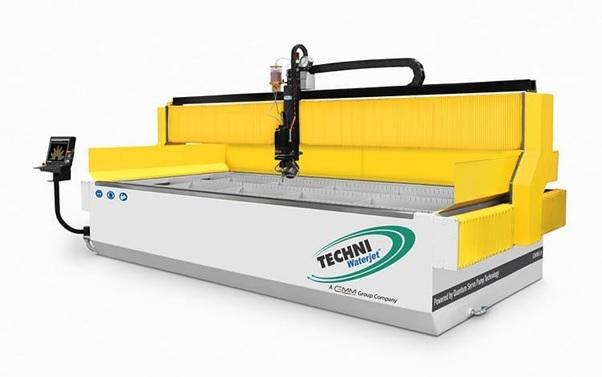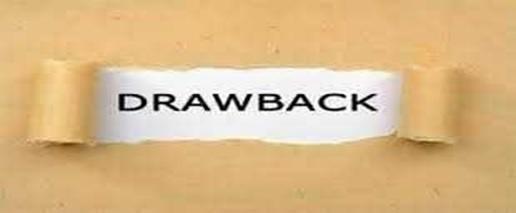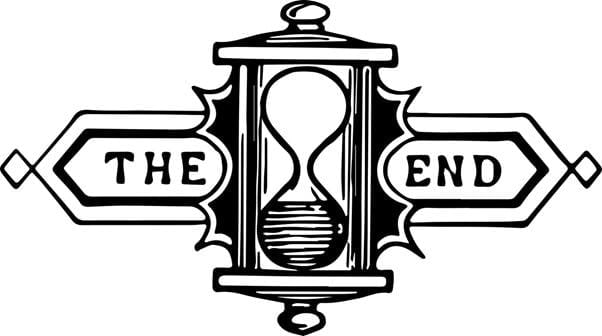

waterjet cutter machine
The Waterjet cutter machine can cut through even the hardest metals and rocks. This versatile tool has been in use for many decades in the industrial sector. It can be used in almost any manufacturing industry. Any stone or metal sheet can be cut to any shape. The automatic cutting mechanism makes it as easy as possible. However, this technology has its limitations. This article will explain the advantages and disadvantages of the Waterjet Cutting Machine.
What is a Waterjet cutter machine?
Waterjet machines combine high pressure and water stream to carve metals. Granular abrasives are used to enhance the cutting process and give instant shapes to the material being cut.
High-pressure cutting and grinding are two of the most common uses for waterjet cutters. They can cut and shape almost any material. You can use it to cut plastics, metal sheets, rubber, glass, and ceramics, as well as concrete and stone.
How to use Waterjet machines

First, create an inlet nozzle at the end of your water stream. This technique can cut almost any material, including stainless steel and wood, leaving little or no residue. You can customize this nozzle with different tips to make precise cuts or increase the airflow for quicker cutting.
The next step is to choose the material you wish to cut and how thick and also how long your stream should be. It is better to get help from a skilled professional who can give you advice on the best equipment for your job.
What are the advantages of waterjet cutting machines?

A waterjet cutting machine has many benefits, including the ability to work with multiple materials simultaneously. These machines also offer advantages over traditional shaping and cutting machines that require precision and legwork.
Low Operating Cost
Water jet cutting machining has a low operating cost. This is its key advantage. Water jet cutting machining does not require expensive consumables such as coolants and blades. It takes only a few minutes to install, and you can start rolling.
There is less downtime.
Waterjet cutters can be a cost-effective way to increase productivity. This means that there is less downtime, which leads to higher productivity. Operators can return to work faster if minor issues have been resolved, allowing them to keep production on schedule.
Ease-of-use
CNC Waterjet machines are one of the easiest to use. They only require a few settings to work. You just need to choose the right nozzle and then press the start button.
These machines are easy to use and require no special skills.
Lower Risk for Employees
Waterjet cutting Machining has the main advantage that the tools can be programmed to run automatically while the worker is doing other tasks. Because they are stationary and stable, it doesn’t take up much space or require any attention from factory workers.
Operators do not have to worry about falling limbs and other hazards, unlike traditional cutting tools like plasma cutters that pose serious dangers.
Waterjet cutting machines offer many benefits, including safety in the workplace.
Factory personnel is able to stay clear of the cutting area and prevent potential accidents because a waterjet machine can be automated. This equipment is precise and will not cause any damage to surrounding structures or organs, no matter how complex or small. Safety in the workplace is further guaranteed by no use of chemicals and high temperatures.
What are the drawbacks of a Waterjet Cutting Machine?

It is easy to overlook the limitations of waterjet cutters. It is best to be aware of the limitations that can result from using a large-sized machine at work. Waterjet cutting machines have the following drawbacks: inaccuracy, cost, power consumption, and costs. Below are some other limitations to water jet cutting machining.
Purchase and Installation Expenses
A waterjet machine has one disadvantage: they are more expensive than other industrial cutting machines. A waterjet machine made in China, for example, is relatively cheap. However, a machine from a well-known manufacturer can be purchased for a much higher price.
Waterjet machines combine high-pressure jet streams with granule abrasive. You will need a specialist to install the unit. This can raise your cost significantly.
Specialized training is required.
Waterjet cutter machines require extensive training in order to operate. Waterjets can be more complex than other types of cutting instruments, so operators need to be properly trained in the use of the machine. You will be losing money as an operator would need to hire an expert to teach another person how to use it.
It is difficult to transport.
Desktop waterjet machines can be difficult to move or transport once they have been installed. Waterjets are very powerful and require heavy-duty trailers or ships to transport them. This will add more expense to your account than other industrial cutting tools.
Water Cutting Machines have a few drawbacks.
Waterjets have one major drawback: they use a lot more power to cut than other industrial machines. Waterjets are six times more powerful than metal laser cutters or plasma cutters. This makes them hard to use in places where electricity is not available or too expensive to upgrade.
It is difficult to dispose of waste.
It can be hard to dispose of waterjet waste. Like laser cutting tools and waterjets, they require a lot of water to work properly. They also leave behind a lot of metal shavings that must be disposed of as hazardous material because of the high-pressure stream.
This is true for all industrial cutters, but it is particularly important for waterjet machines as there are few facilities that have proper disposal systems that permit you to dump your wastewater in their system without any cost or risk.
Conclusion

Understanding the pros & cons of a waterjet cutter engine will help you decide if this tool is right for your work environment. Before you invest your time and effort into learning how to use one, it is wise to weigh the advantages and drawbacks. These machines can be an asset to your company if they are properly used by qualified personnel and have a sufficient power supply.